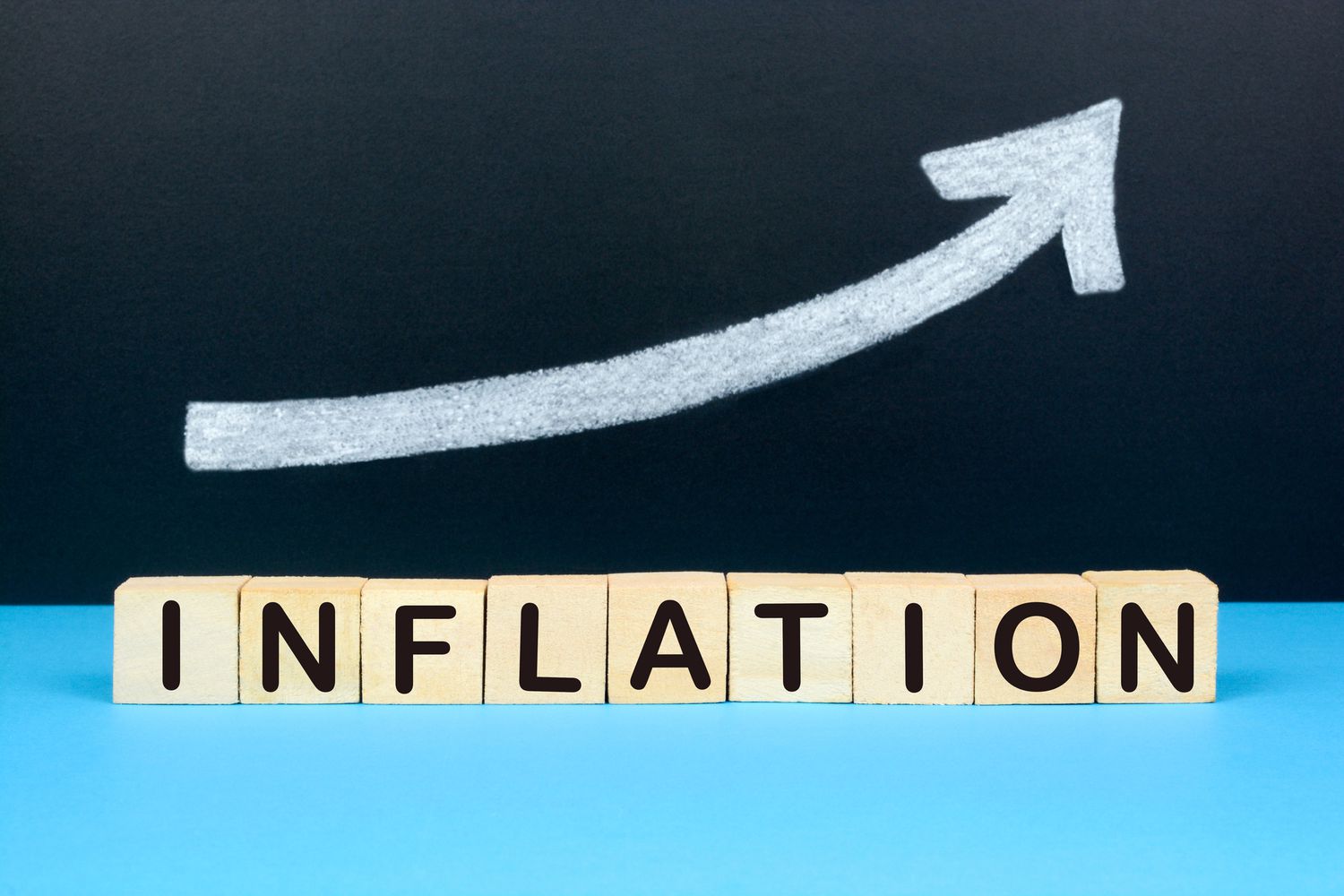Introduction
Inflation, the gradual increase in the general price level of goods and services, is a significant economic phenomenon that has a profound impact on various aspects of our lives. One area where its effects are keenly felt is in the realm of investments. This article aims to unravel the complexities of how inflation influences different investment avenues and strategies, providing investors with a comprehensive understanding of this economic force.
The Inflation-Investment Nexus

1. Purchasing Power Erosion:
- Explanation: Inflation erodes the purchasing power of money over time.
- Impact on Investments: Without adequate returns, the real value of investments diminishes.
2. Interest Rates and Bonds:
- Explanation: Central banks may raise interest rates to combat inflation.
- Impact on Investments: Bond prices may decrease, affecting fixed-income investments.
3. Equity Investments:
- Explanation: Inflation can impact a company’s costs and profit margins.
- Impact on Investments: Stocks of companies with pricing power may outperform.
Insights from Financial Analyst, Sarah Thompson
To provide expert insights, we consulted Sarah Thompson, a seasoned financial analyst with a track record of navigating markets through varying economic conditions.
“Understanding the interplay between inflation and investments is crucial for investors. It’s not just about protecting wealth but also capitalizing on opportunities that arise in inflationary environments.”
Strategies to Mitigate Inflation Impact

- Diversification:
- Rationale: Spread investments across different asset classes.
- Benefits: Diversification helps cushion the impact of inflation on a specific investment.
- Real Assets Investment:
- Rationale: Invest in assets like real estate and commodities.
- Benefits: Real assets often appreciate with inflation, acting as a hedge.
- Inflation-Linked Securities:
- Rationale: Invest in bonds linked to inflation rates.
- Benefits: These securities provide a way to preserve purchasing power.
Impact of Inflation on Different Asset Classes Table
| Asset Class | Impact of Inflation |
|---|---|
| Equities | Potential for increased profits for companies with pricing power. |
| Bonds | Fixed-rate bonds may lose value; consider inflation-linked bonds. |
| Real Assets | Real estate and commodities may appreciate with inflation. |
Comparative Table: Investment Strategies in Inflationary Environments
| Strategy | Description | Benefits |
|---|---|---|
| Diversification | Spreading investments across various assets. | Reduces risk exposure to a specific asset class. |
| Real Assets Investment | Investing in tangible assets like real estate. | Acts as a hedge against inflation. |
| Inflation-Linked Securities | Bonds linked to inflation rates. | Preserves purchasing power in inflationary times. |
Conclusion
In conclusion, understanding the impact of inflation on investments is crucial for investors seeking to preserve and grow their wealth. By acknowledging the nuanced effects on different asset classes and implementing strategic measures, investors can navigate the ever-changing economic landscape with confidence.
Remember, staying informed and adapting investment strategies to align with inflationary trends is key to optimizing returns and safeguarding financial well-being. As economic conditions evolve, so should investment approaches, ensuring resilience and prosperity in the face of inflationary pressures.




